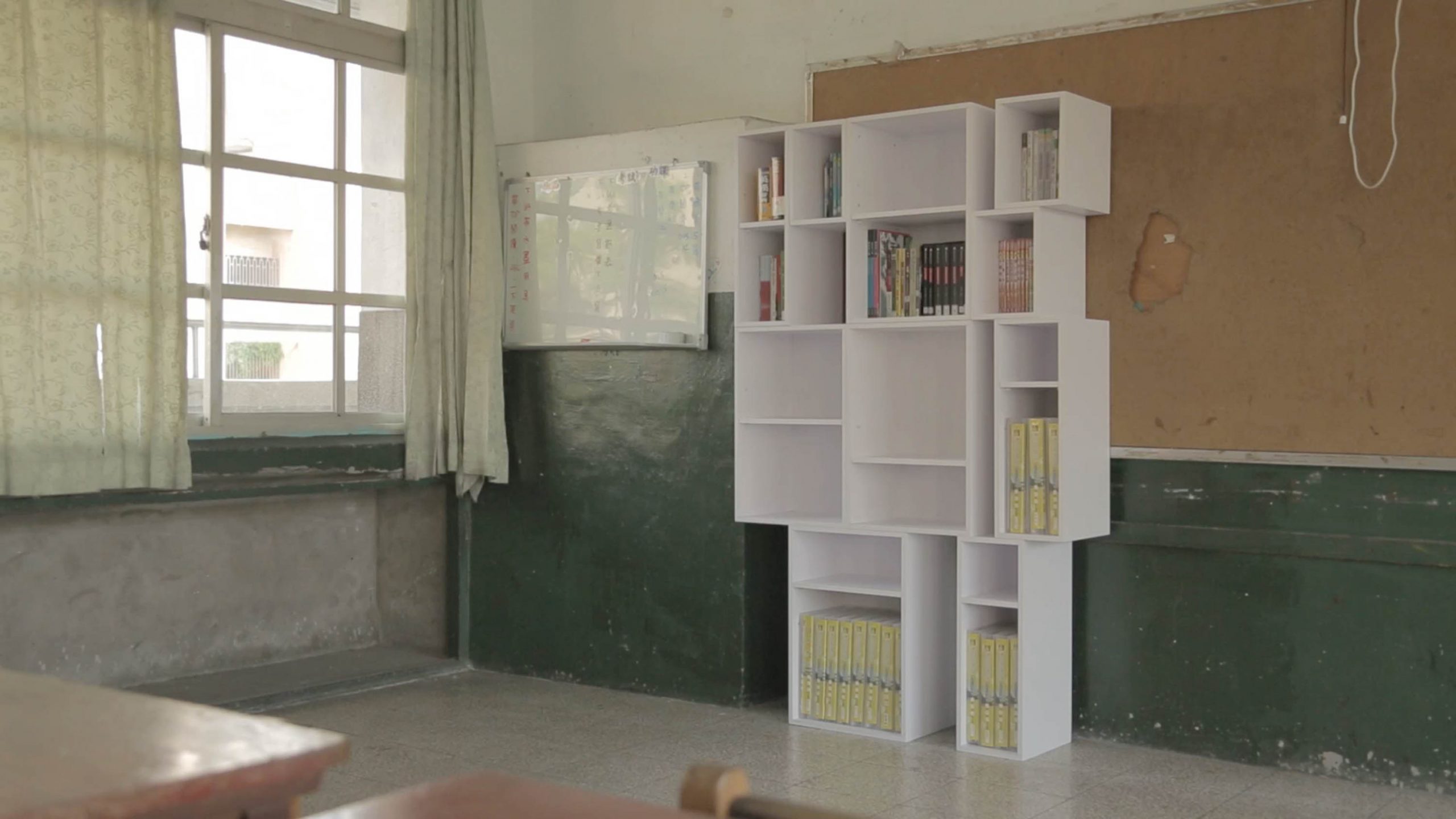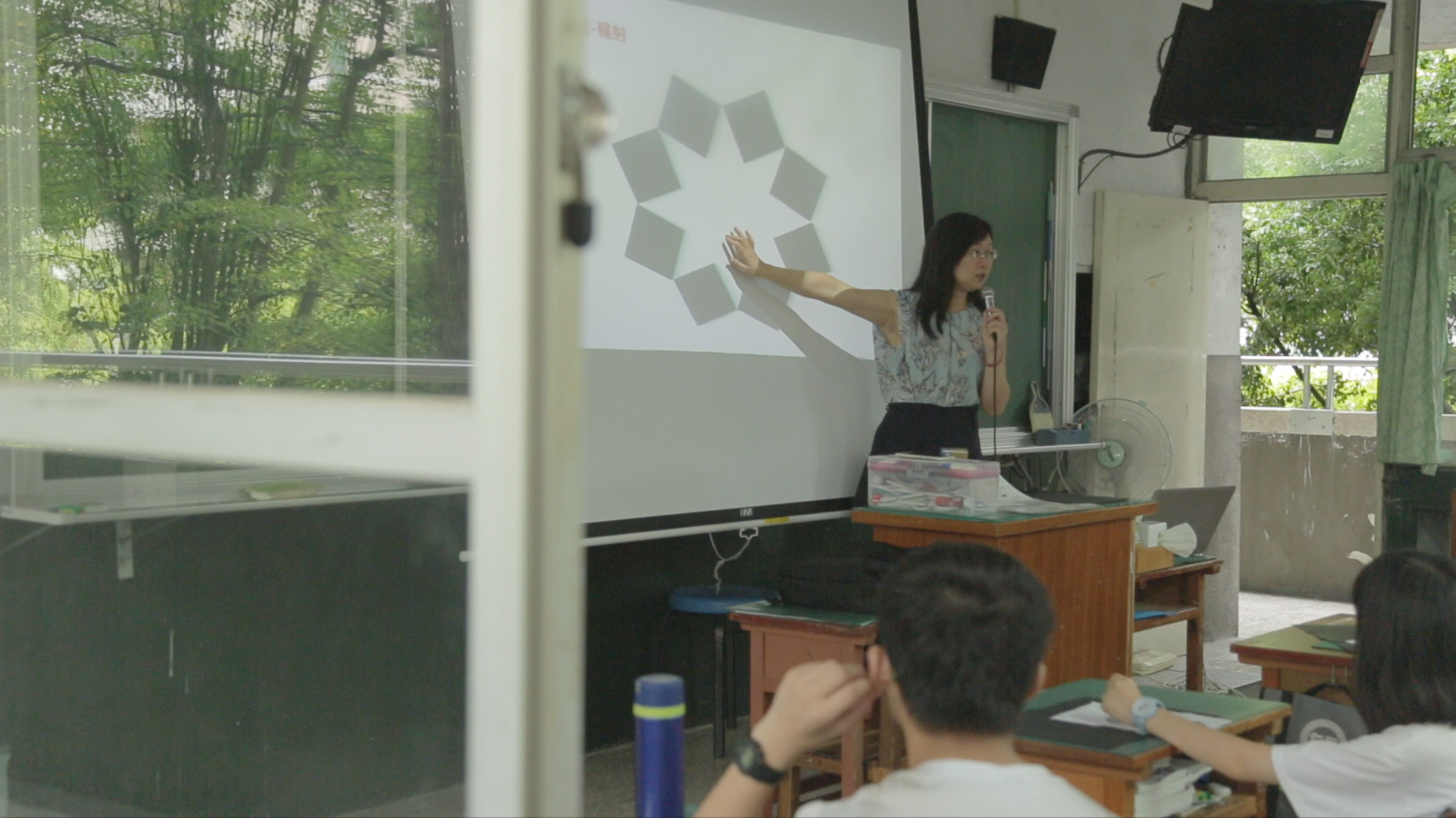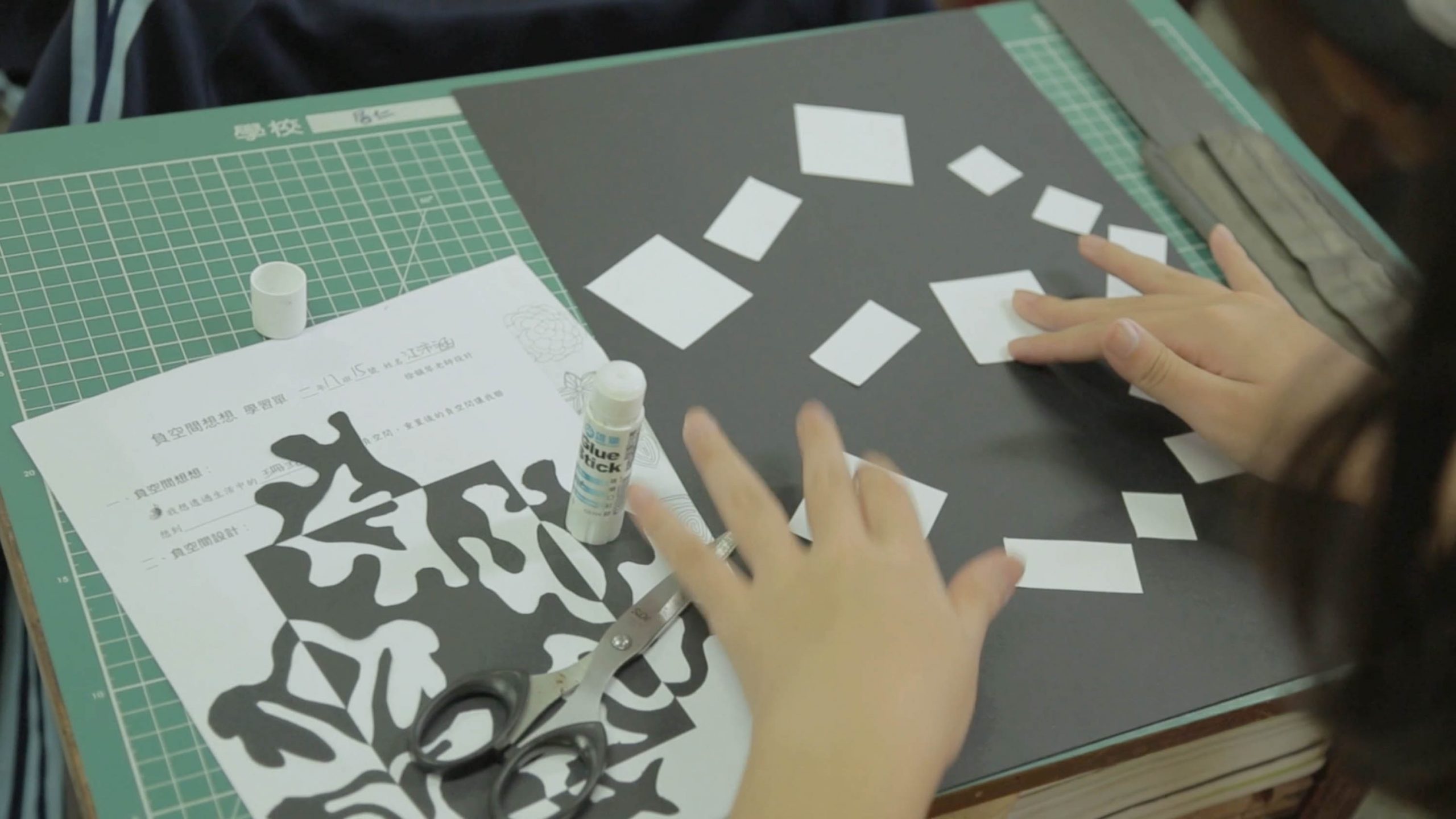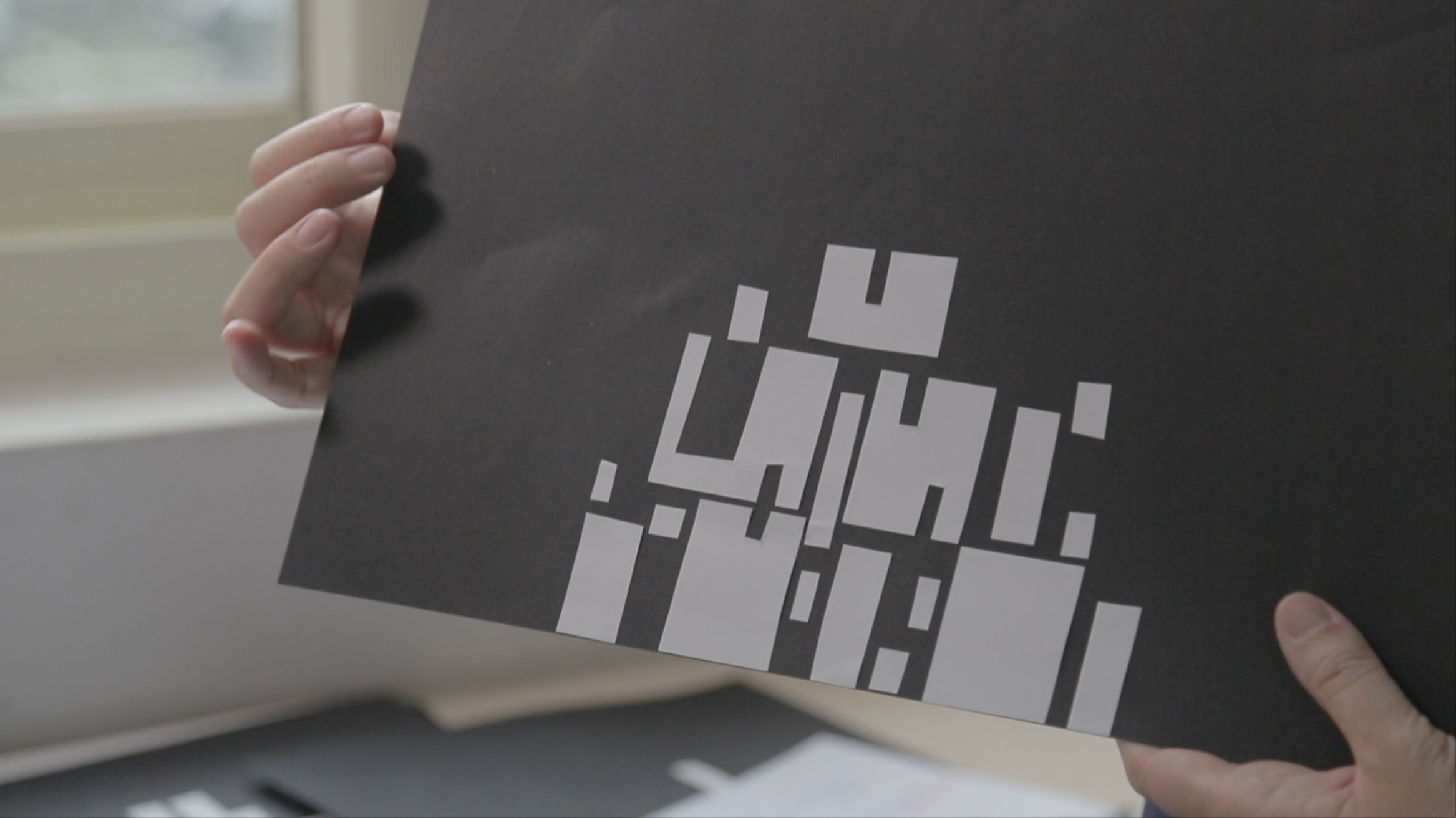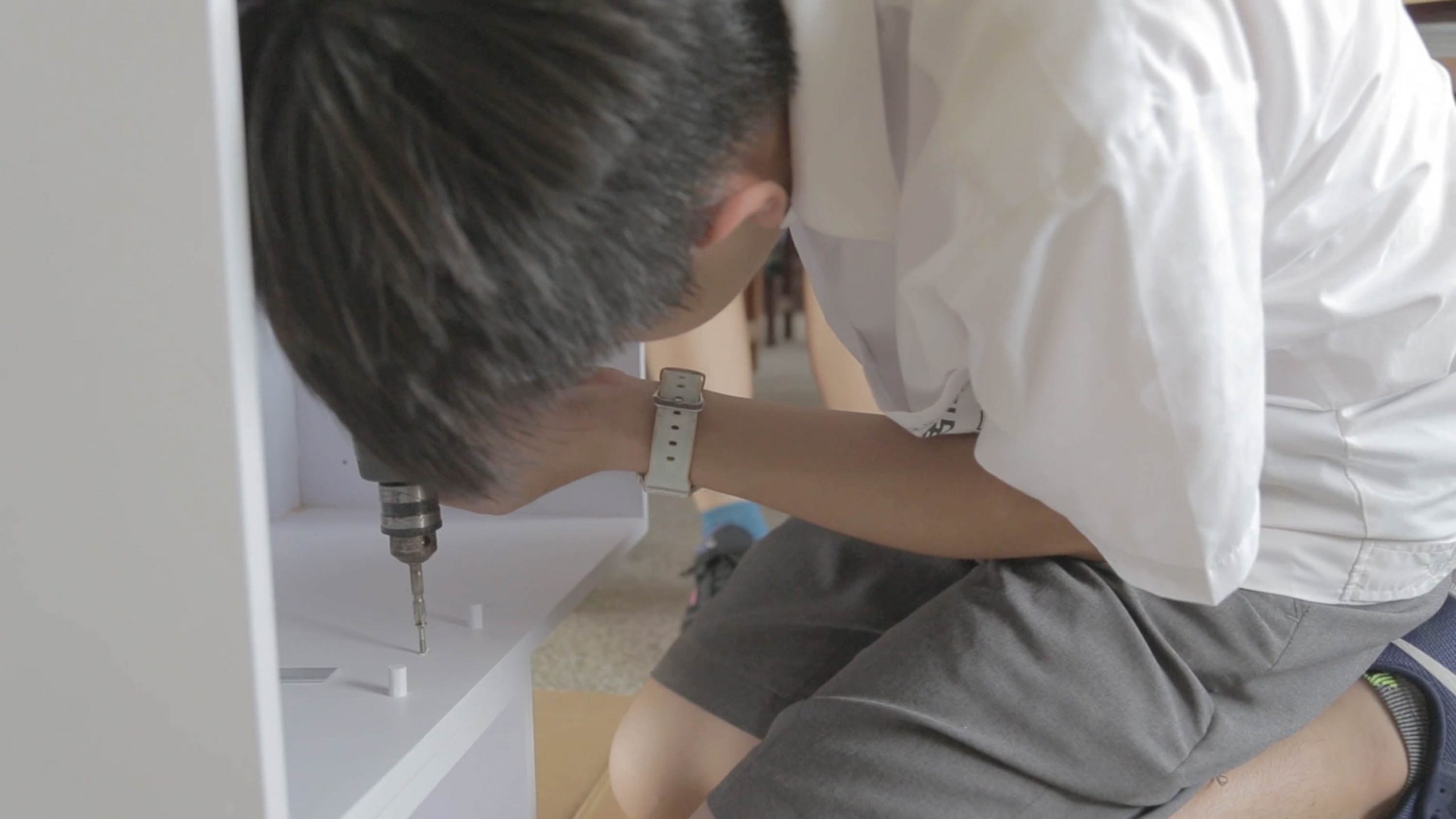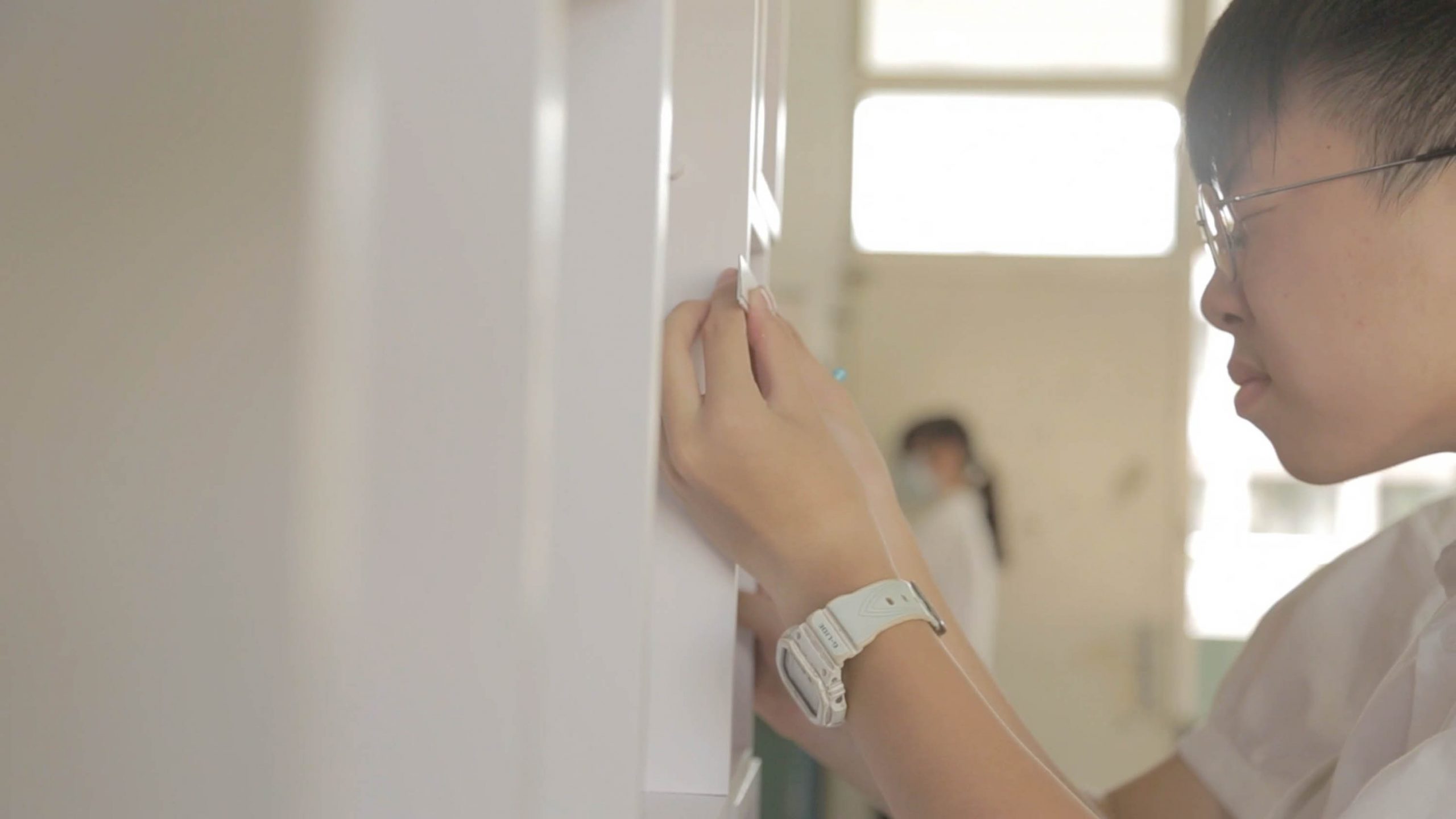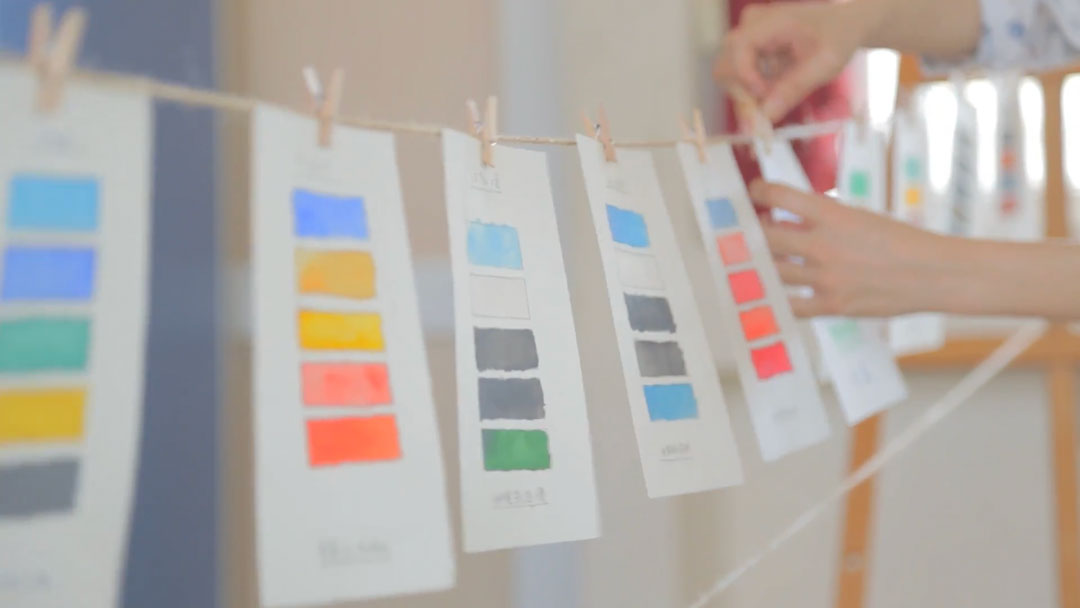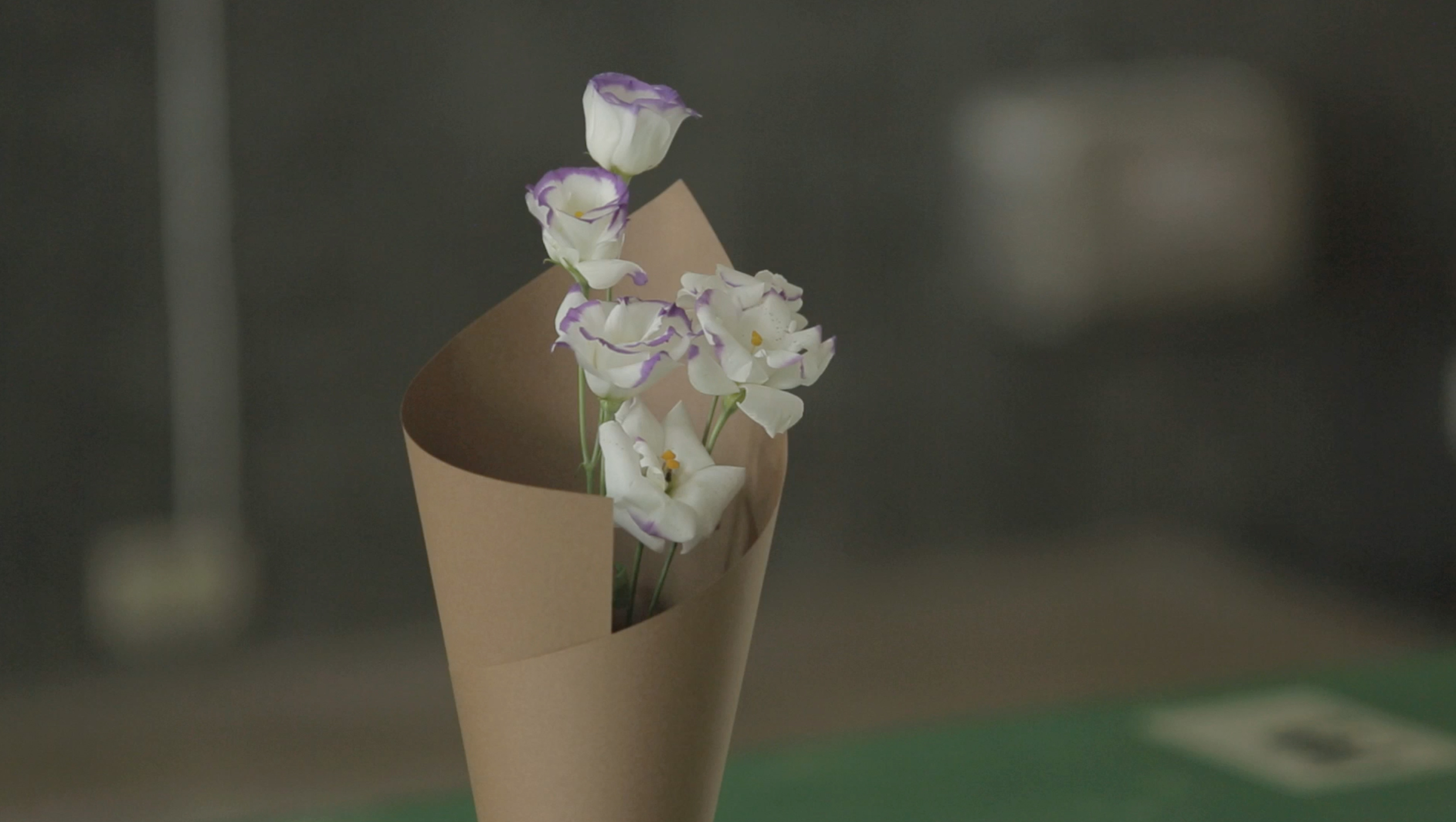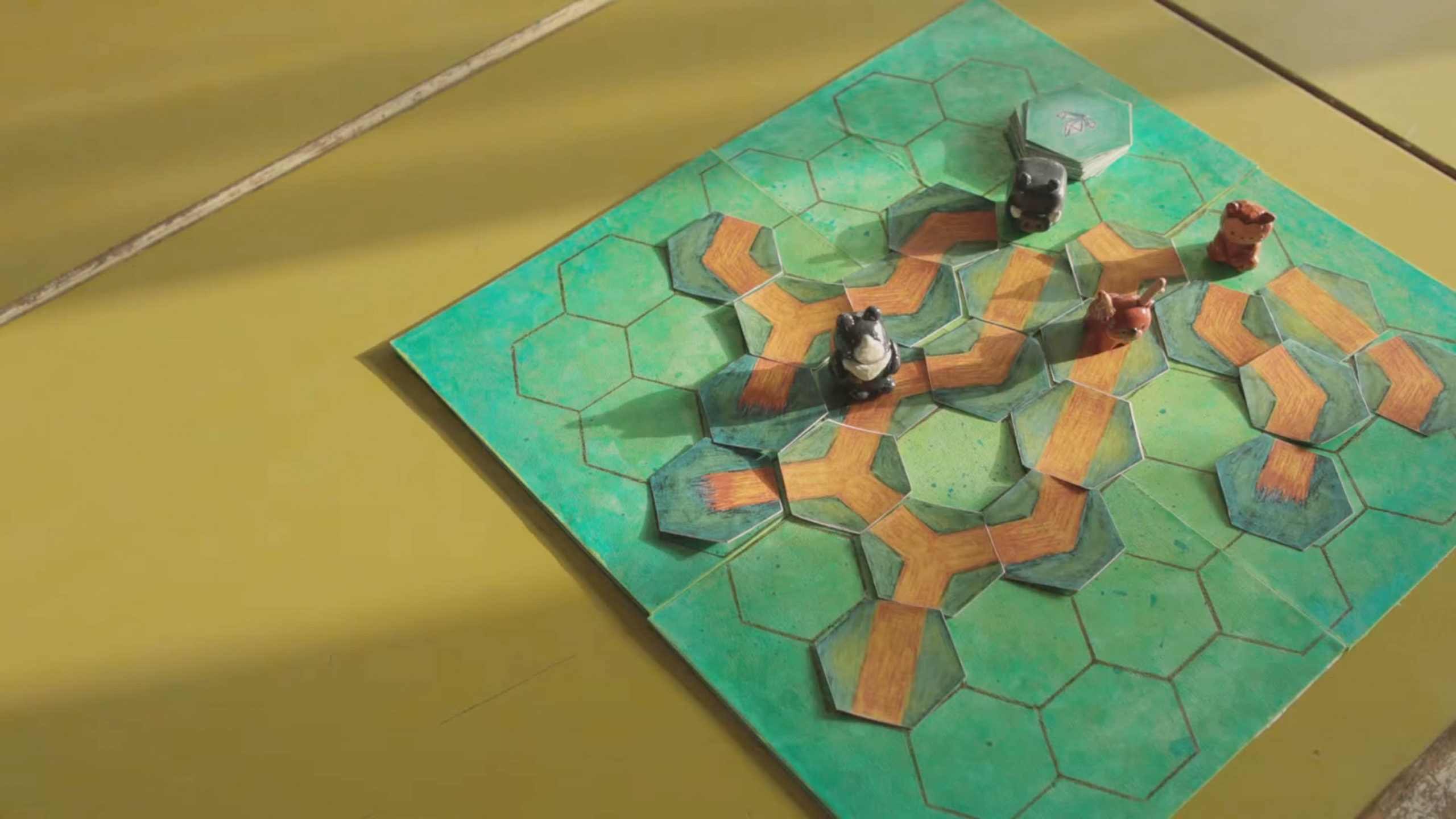Operation Reading Corner
At Chu-Jen Junior High School, every class has had its own reading corner for years. However, not every class managed to design a reading corner that met all students’ expectations. With a limited budget and most three-tiered shelves on the market being standardized, their options were restricted.
Mrs. Hsu came up with a solution. She introduced the concepts of proportion and positive/negative space to the class, asking the students to use these principles to design shelves that were both functional and decorative. The results exceeded Mrs. Hsu’s expectations. The students’ design drafts displayed remarkable creativity and diversity. Eventually, the students and Mrs. Hsu brought one of the drafts to life, successfully creating their own bookshelves.
